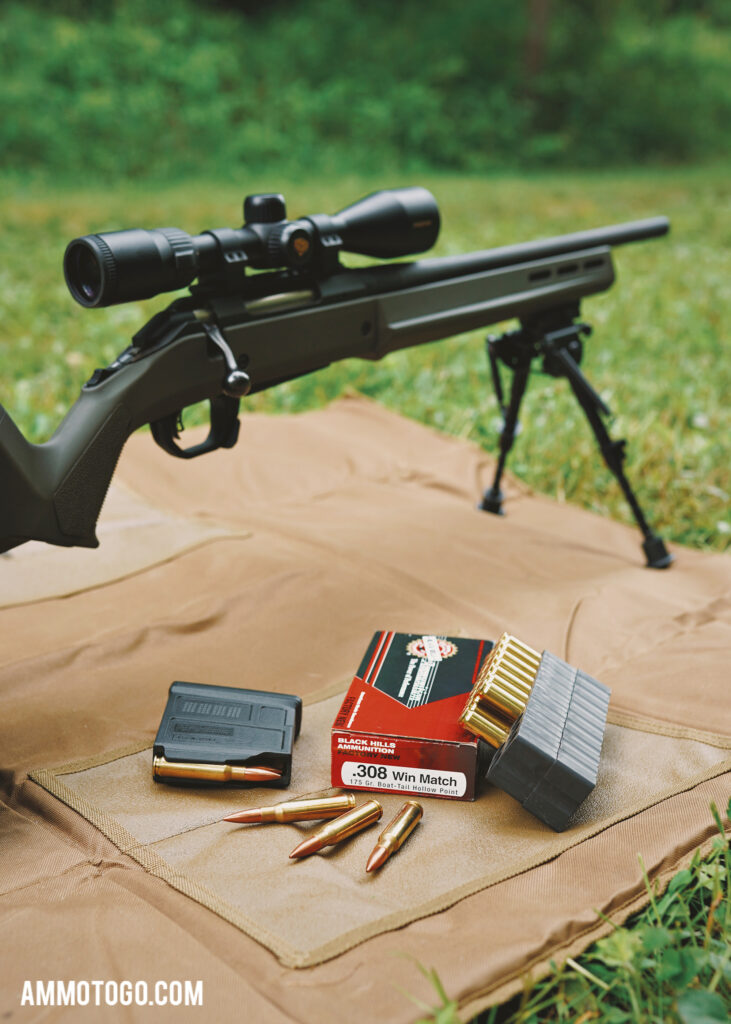

Note that all entries have some built-in limits, and if you exceed them you will get anĪfter you have made your changes, clicking the 'FIRE' button will start the simulation. As with the weight, the temperature can beĬhanged as you wish. Reflect the normal reduction in ambient temperature as you go higher. Also, if you change altitude, the temperature will change to Will change back again if you change the caliber. If you want to change the weight, just do it, although the value Of a sphere of that size made from pure lead. You will notice that as you enter a caliber, the ball weight is automatically calculated, based on the weight Temperature - The air temperature in Farenheight.Cross Wind - Cross wind speed in mph (assumes wind at right angle).Sighting Distance - What distance are you sighted in for?.Sight Height - The distance from the top of the front sight to the bore center.Muzzle Velocity - The muzzle velocity in feet per second.Weight - The weight of the ball in grains.Caliber - The ball caliber in inches ( not the bore caliber).On the left are all of the variables you can change: When the program starts, this window appears.
#Muzzle energy calculator simulator
Real-world measurements to come up with this factor, and the output of this simulator is reasonably accurate. Is close enough that we can use this British data with a proper 'fudge factor'. Unfortunately, the BC is largely mythical, as even small changes inīullet design prevent any exact correspondance between it and the reference, but for our purposes, a round ball Relationship of the bullet you are interested in to the reference projectile, and this is referred to as the Will have at least the same relative resistance as its velocity changes. Projectile depend almost entirely upon the shape of its forward face, any relatively round-fronted projectile OfĬourse, this reference projectile bears little resemblance to either a round ball or to almost any type of actualīullet, but it does tell us the relative forces as the velocity changes. These retardation (rearward forces)Ĭaused it to lose velocity over time, and this information could then be used to calculate ballistic tables. Round-nosed one to three pound projectile over a wide range of velocities. In the first decade of the 20th Century,īritish artillerymen made extensive measurements on the "retardation" of a 'reference' "reference projectile" is known for a range of velocities. ThisĪllows a (reasonably) simple physics model calculation to predict how it will behave, once the resistance of a A round ball is unique among projectiles in that its ballisticĬharacteristics are solely dependant upon its diameter (unless it's made of something other than lead). Its flight from the muzzle to the target. This 'ballistics calculator' is a computer simulation which analyzes the behavior of a round ball in


 0 kommentar(er)
0 kommentar(er)
